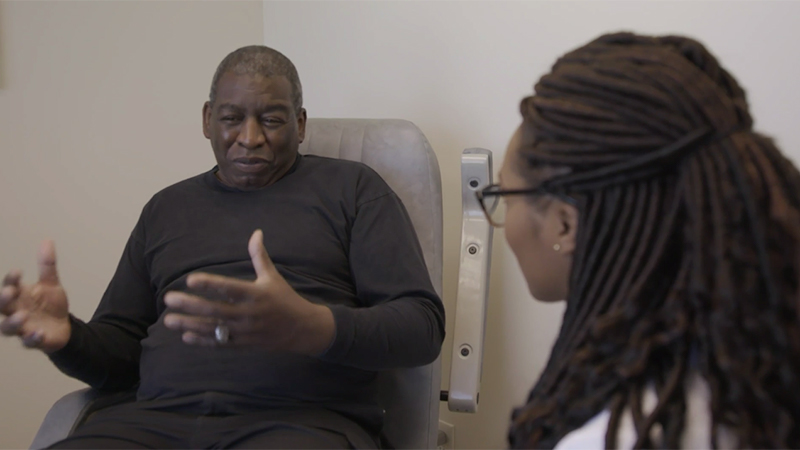Making Your Patient a Part of the Wound Care Team

They say it takes a village. In the Wound Care medical community, it takes a team. Its members may include medical professionals such as the physician, nurse, home health, vascular, nutrition, and social worker, among others. But who is the primary stakeholder on this team; who has the most to lose if things go wrong? Answer: The patient. They are the center and most important member of this group. Unfortunately, this fact is often overlooked.
Many of us have treated a person who appears resigned to have their chronic wound deteriorate and shows little interest in cooperating with the treatment plan. As a provider, it is frustrating when we care more about saving a toe or foot than the patient does. Once, when I pointed out to a patient that he may lose his toe if he didn’t keep his foot off-loaded, he replied: “I can still watch TV without my toe”. How do patients get to this point?
As a provider, it is frustrating when we care more about saving a toe or foot than the patient does.
It is critical to keep an open line of communication between the patient and their caregivers. Starting with the first office visit, we need to understand their state of mind and begin to build the bond of trust between provider and patient that will prove to be crucial to a successful relationship. What are their concerns and fears? Often patients feel weak, dependent, scared, confused, rushed or ignored. They may feel uneasy and perhaps have difficulty expressing themselves, but we can offer reassurance and encourage them to be proactive. Patients may have self-doubt about questioning health professionals, especially the older generation who were taught that “the Doctor is always right”.
“People go to doctors out of fear and hope – fear that something may be wrong but hope that it can be set right. If these emotional needs don’t figure in the physician’s approach, s/he may be treating half the patient. The question is not now – any more than it has ever been – whether physicians should attach less importance to their scientific training than to their relationships with patients, but rather whether enough importance is being attached to everything involved in effective patient care.”- Norman Cousins
As health care professionals, we need to engage our patients with empathy, make them feel valued and respected. Getting them involved in some of the health care decisions will usually result in a higher level of adherence by giving them some ownership in their treatment plan. For example, give the patient a choice in deciding their treatment protocol. Do you prefer your dressing changed every day or twice a week? Do you prefer your caregiver to do the changes or shall we get home health involved? Can we coordinate a dietary consult with your next clinic visit? These are simple choices, but it makes the patient an active team member, playing a critical role in their care plan.
To achieve a higher level of adherence to the treatment plan, give the patient a choice in deciding some of the details of the plan
Patient-centered care is the core of the medical profession, but a sick person often prefers to take a subordinate role. It is important for their voice to be heard since empowered patients can communicate changes and observations that can make a real difference in their medical care. So now, go to work and invite your patients to join you on a very important team: their own.



Comments
There are 1 comments for this article
Part of the problem with patients with diabetes with neuropathy is that they can't feel their feet. We are trained for birth to associate pain with injury. When patients with diabetes have wounds but no pain, there is a psychological disconnect that all doctors learn to anticipate. I was never one to overtly scare patients, except these patients. They need to be convinced to take proper care of themselves. They are so often in denial as to what they currently have, and what it's prognosis is.